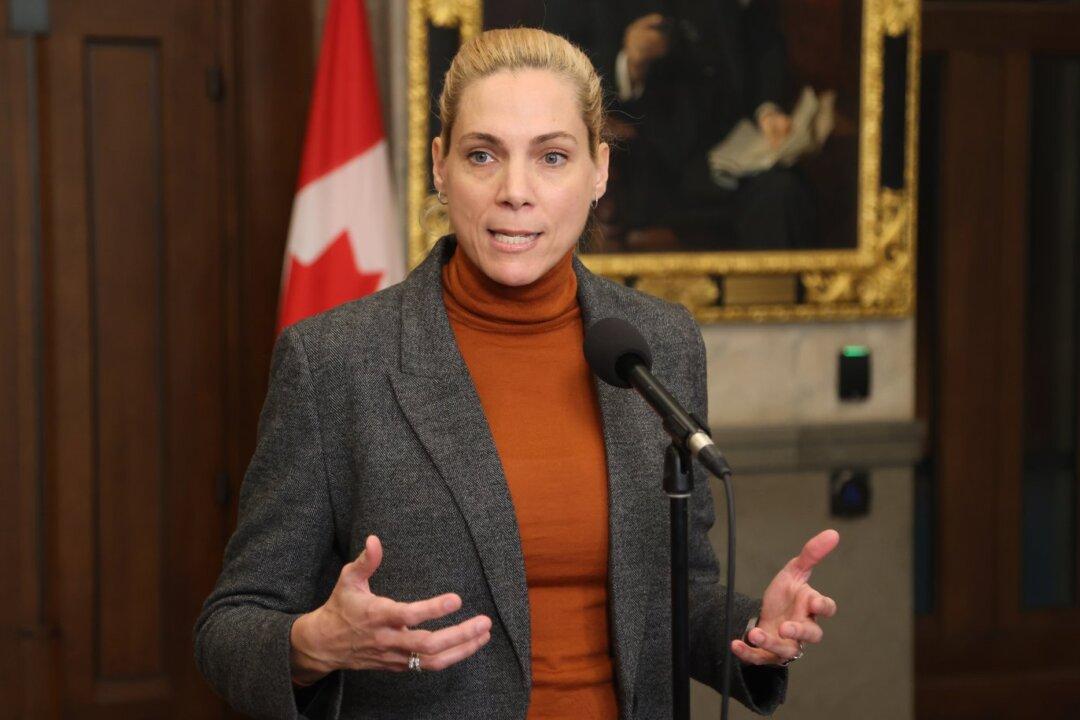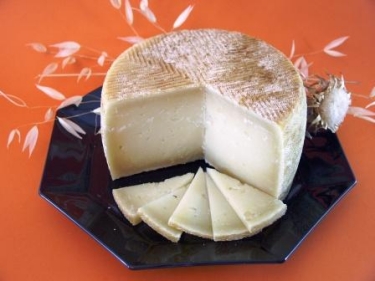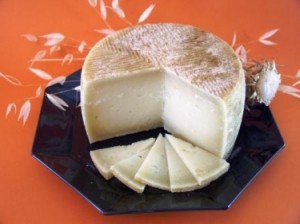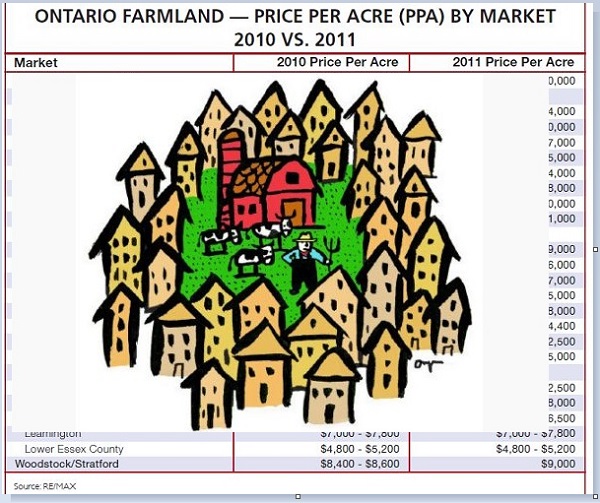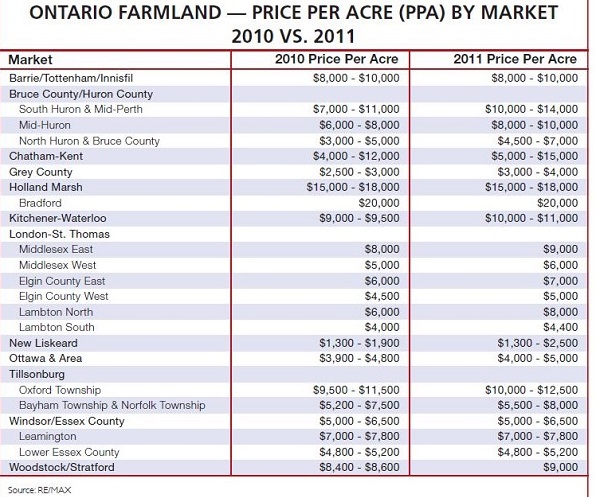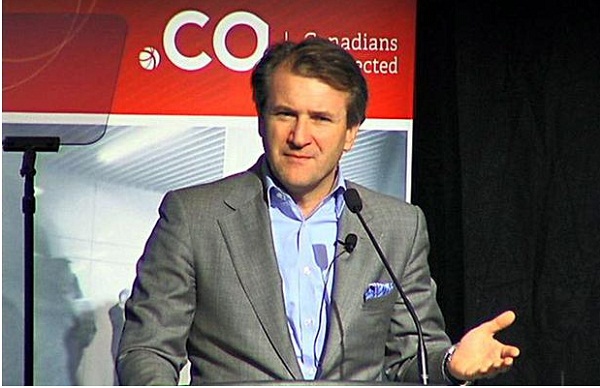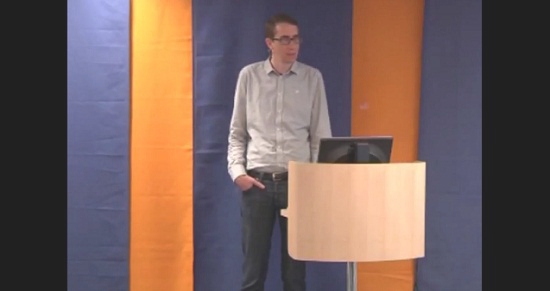Whether you’re hosting a family Christmas dinner or are planning the office holiday party, your goal is the same: to make it a gathering your guests will always remember. Fun, unexpected surprises are an easy way to delight your co-workers, friends and loved ones. From keepsakes to party themes to the menu, there are plenty of opportunities to get creative and serve up something your guests haven’t experienced at a Christmas party before. Here are a few ideas to get you started.
Keepsakes that Keep on Giving
Hosts of a holiday party aren’t usually expected to give their guests gifts, which is one way to surprise partygoers. Ideally, a gift the recipient can use over and over again will remind them of the good times they had at your party. Custom-printed hoodies, sweaters or long-sleeve shirts definitely fit that bill. Once you find a company that offers screen printing in Ottawa for small and large orders alike, you can think up a funny saying, exercise your drawing skills, use digital images or simply commemorate the event with your family or company name. Your guests will have unique, comfy hoodies or sweaters to wear at the party and something to remember you by whenever it gets chilly for years to come.
Keep in mind, however, that regardless of what you gift your guests, it’s all in the presentation. A fun way to gift custom sweaters, or any other gift this holiday season, is in a personalized DIY gift bag. Making them can be a fun and creative activity for you and the kids to experience that involves them in the gifting-giving and helps them practice their crafting skills.
Fun Christmas Dinner/Party Themes & Activities
Here are a few non-traditional Holiday party themes and activities that you can use to add a little variety to your annual dinner or get-together.
Outdoor Christmas Party Activities
Yes, Ottawa winters can get painfully cold outside in the wind. But there are also plenty of sunny winter days that are perfect for ice skating, tobogganing, a bonfire or building snow castles using sand & snow castle-building kits. Just be sure to have backup activities planned in case the weather doesn’t cooperate on the day of your party.
Photo by Nikita Vinogradov via Pexels
Karaoke, Movie and/or Game Night Christmas Party
If frozen toes, fingers and noses would interfere with the joy of an outdoor Christmas party, or your brood is just not the outdoorsy type, you can combine your Christmas party with one of your favorite nights of the week (or month) – karaoke, game or movie night.
Unlike the impromptu sing-alongs, games of charades or traditional gatherings around the TV for a classic Christmas film, plan your holiday party as a night of full-on:
- Board games. If your family and friends are board gamers, you already know that they’ve come a long way since the days of Scrabble, Monopoly, Snakes & Ladders, etc. They’re better than ever at teaching players of all ages critical thinking skills like logic, strategy and planning. Many newer games also incorporate teamwork, with players working together to beat the game itself. There are also numerous games based on popular movie franchises and stream-able series, which can make a board game an exciting pastime that ties into a Movie/TV-themed party.
- Movie or Binge-TV Night Christmas Party. Films and TV shows provide an infinite number of themes to help you plan an outside-of-the-box Christmas dinner party. You can base your party on a tried-and-true family favorite, the latest global smash hit or a movie or TV show that fits a pre-determined theme.
- Karaoke Competition Christmas. If you have a family filled with aspiring pop stars or better-than-average shower soloists, you can plan a karaoke party of Christmas/holiday songs or curate a playlist based on the theme of your party. You can really spice things up by making it a competition with plenty of prizes for all the participants.
Christmas Pageant Dinner and a Show
If your party will have a significant number of kids (of any age) who like to put on a show, consider sending out scripts, holding rehearsals, and turning your home or party room into a dinner theatre. Costumes can be readily thrifted or thrown together, and if you really want to go all out, backgrounds and curtain frames can be assembled easily enough by enthusiastic DIYers. Don’t forget to have a proper video camera set up on a tripod so you’ll always have the recording to enjoy with (and at the expense of) the cast.
Alternate Holiday Dinner Menu Items
Your holiday dinner menu can be influenced by your party theme, it can be based on modern takes of classic Christmas dishes, or you can simply add random non-traditional dishes like the ones below.
Holiday Taco Night
Taco night is generally a fan favorite, so why not give the people what they want? You might have to use burrito shells depending on your meat of choice, but don’t be afraid to get creative and consider the following options:
- Fish. Fish tacos are a popular choice taco choice, but when was the last time you had fish tacos at a Christmas party? Also, you can use fish sticks if you’re looking for a convenient, easy-to-prepare meat filling.
- Steak or ribs. Try braising or marinating them in pomegranate juice with a hint of cinnamon and/or chile pepper to spice things up a little. As an added bonus, both pomegranate and cinnamon are recommended to strengthen your immune system and help you fight off colds and flus.
- Turkey. The line between a taco and a wrap can get a little blurry here, but whatever you call them, using traditional turkey accompaniments, corn, cranberries, potatoes, gravy, mac & cheese, etc., make delicious toppings.
Christmas Jambalaya
Not much can hit the spot as well as a hearty helping of jambalaya can on a cold holiday dinner night. Really, the only rules to a jambalaya are that your ingredients taste good with Cajun spices and that it’s all cooked together. Whether you go with Christmas dinner ingredients, New Orleans-inspired flavors or some type of fusion, a big pot can satisfy a lot of people.
Homemade Holiday Donuts
Puddings, pies, cakes and cupcakes are understandable go-to choices for Christmas dinner desserts, but homemade donuts with a holiday twist can ignite some excited chatter when they make their way to the dessert table. Feeling overly patriotic? Try maple glazed donuts topped with candied bacon crumble for a taste that’s both distinctly holiday and Canadian.
For the Silo, Jeg Duaso. Featured image: by Nicole Michalou via Pexels









